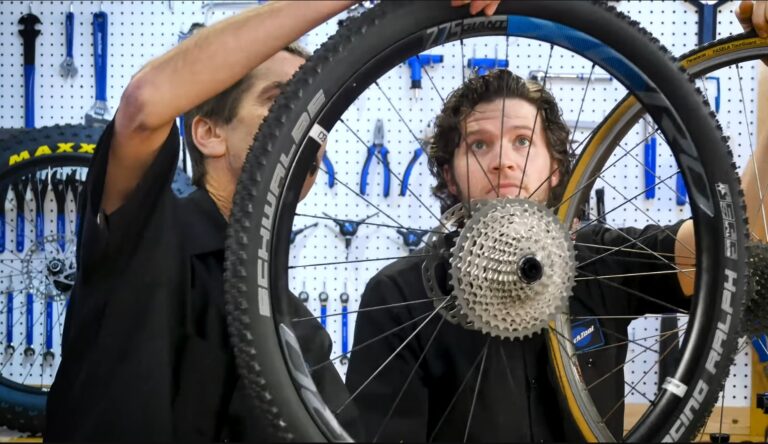Bike inner tubes are a tricky part of the tire to be bought, usually, with a new bike. The right inner tube will come. But in case it is pinched or torn and you can’t find the same tube then what do you need to do?
Well, the inner tubes don’t come in a very wide range of types and you need to check certain specifications and size of the tire for that. A minimal difference can work fine but not too much.
A small inner tube will certainly explode with extra pressure while a larger one can easily get pinched by the rim of the tire.
Does The Inner Tube Size Have To Match The Tire?
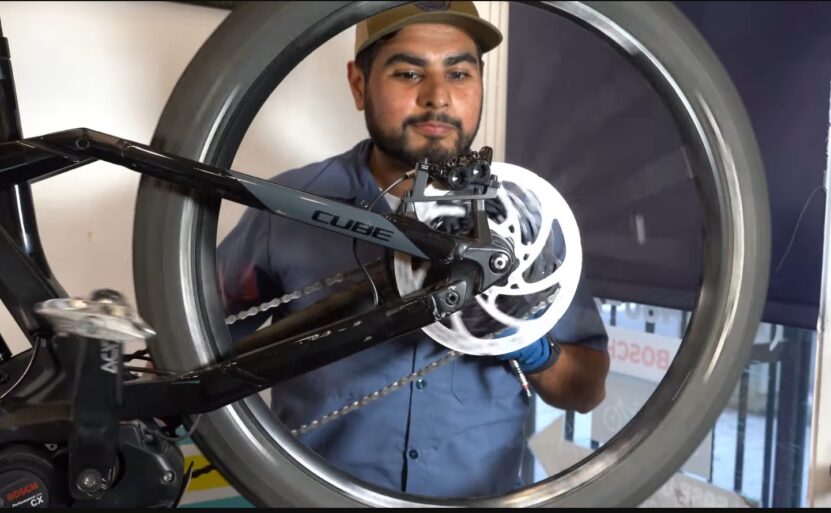
No, It’s not necessary that tubes and tires should match. Tubes can stretch as they are made of butyl rubber. Larger tubes are more vulnerable to getting strained between the bike rim and tire. Bike inner tubes will adjust a limited range of sizes.
To have the right inflation and air pressure throughout the ride and avoid flat tires one must pick the right size tube.
In case you have an older model bike that has big tires you can buy a slightly smaller tube. They are made from butyl rubber and can easily stretch to some extent.
So don’t panic and worry about the exact match of the inner tube with tire size. You can use a different brand or different size inner tube whichever fits your tire best. You can have an enjoyable and safe ride without any tensions.
What Is A Bike Inner Tube?
Made from rubber or latex bike inner tubes are balloons kind of structures that are inflated and deflated to provide stability and safe cushioning to your tires.
Inner bike tubes are an essential part of your bike to make your ride comfortable and safe from any shocks and accidents. Proper braking and bike grip on the road is also maintained through the air pressure in the inner bike tube.
Although you can have a tubeless tire they also have the same kind of mechanism as the tubed tires.
These inner tubes are inflated through a valve and need to be properly installed as they can get a puncture with the slightest thorn and you need to get that fixed or get a new one to ride properly.
When installing a new inner tube or you want to use the old ones in your garage make sure the diameter and tube width match the tire and rim so that they don’t get exploded or pinched.
How To Get The Right Size Of The Inner Tube?
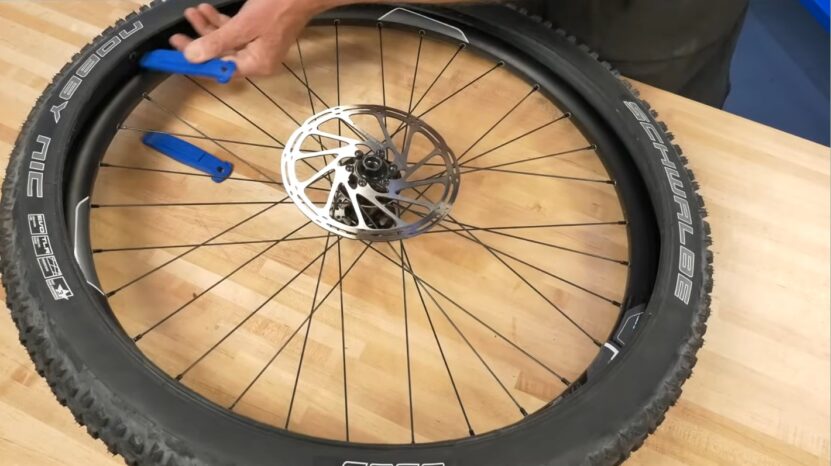
Finding the best fit inner tube for your bike is truly a tedious job and one must pay proper attention to the details before buying one. Two things to consider while choosing a bike inner tube are the diameter of the tire and the width of the tire.
For example, if it is written on the tire that 29 x 1.75″ then it means you need a tube with a diameter of 29 inches and width of 1.75 inches for your bike.
Common sizes of bike inner tube
Generally, in the market, the sizes of inner bike tube you will find range from 24- 29 inches and 700cc, and the most commonly found are 26, 27.5, 29 inches, and 700 cc, while the most common width of inner tubes is 1.75-3 inches and for 700 cc diameter, it is between 18-43 mm.
The formula for tire inner tube size is Diameter x Width
So look into your bike’s manual or on the sidewall of your tire to find the size and check for both the diameter and width similar to your bike’s requirement.
Valve type
Another factor while choosing the bike inner tube is the type of valve in it for inflation. This is a metal part on your tube that goes into the wheel and sticks out so that you can fill the air through the pump.
Valve stem can easily be recognized through the existing tube or you can have it written on the bike’s manual or specification. Commonly there are two types of inner tube valves
Presta
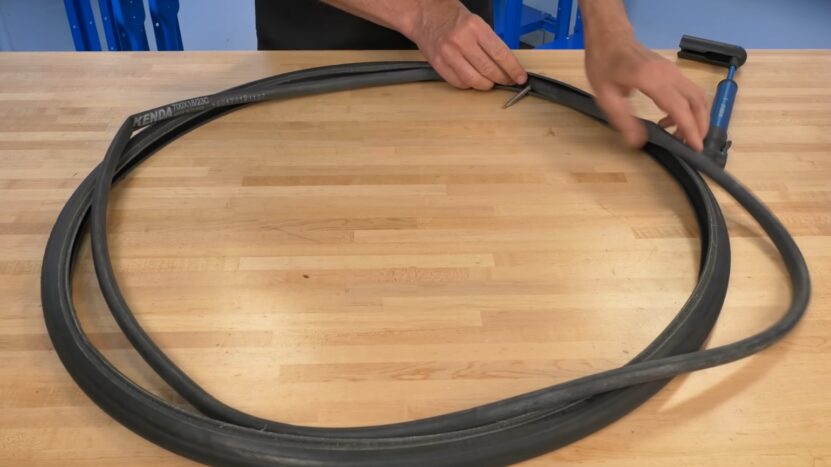
these are narrow-looking valves with a screw. You need to unscrew the valve to inflate the tire and then screw it.Although even if you forget to screw it the valve won’t leak the air and the tire will remain inflated throughout the ride.
Presta valves are mostly found in high-end bikes that are for professional use of designed especially for certain tasks.
Schrader
These are the most commonly found valve stem type in bike inner tubes and are a bit wide from tip compared to Presta valves. They are easier to use and have no screw for inflation so are preferred by common riders.
There is a third one too i.e. Dunlop but they are quite rare and not used in general bikes all over the world.
Durability and material
Well while you invest so much time and money in buying a bike inner tube you surely would want it to last longer and don’t give you punctured tires during the ride.
For that always look for the type of material the tube is made from plus the flexibility and durability of the tube. Go for more rugged material and self-sealing properties in the tube that comes with a sealant so that you don’t get punctures easily and the tube seal on itself.
If you don’t get these heavy-duty tubes you can also apply the sealant yourself. But it is advisable to invest in a tube that is heavy duty and self-sealing to avoid flat between rides and for a longer-lasting inner tube.
How Close Does Tube Size Need to Be?
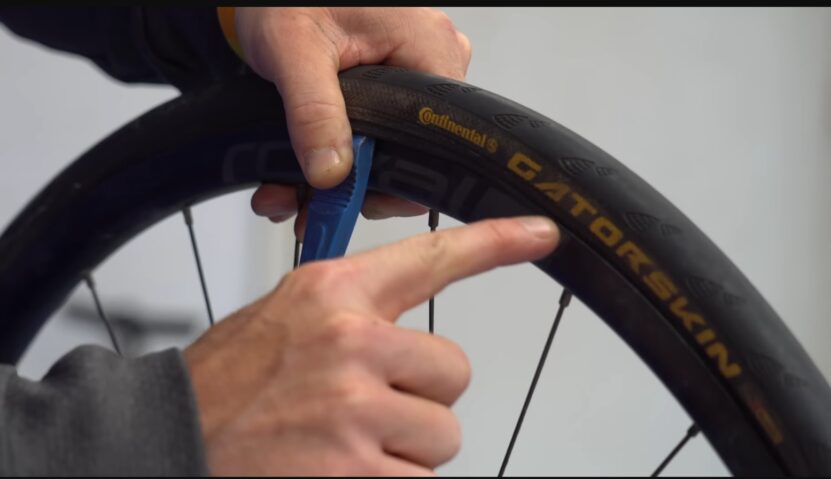
To be honest, there is a very slight margin in the size difference for inner tubes if you want a hassle-free bike ride. While you can manage a bit smaller or a bit bigger size.
But for a smaller one look for the elasticity of the tube as with stretching there are chances that it may burst with inflation or you can’t inflate it with recommended air pressure due to stretch.
Another problem while getting the right size is that different manufacturers have different numbering for their sizes and you need to check for exact fit as you may pick 25 as written on manual but it may be bigger and equal to 23 instead.
Also, the tire width varies due to tread design, and although the tire may look wide but has little inner space so you may need a smaller width inner tube to fit in it.
Bigger Tube in Smaller Tire
Using a bit bigger tube in a small tire works absolutely fine as there will be a very small difference you can feel.
But having a much bigger tube will make it wrinkle and fold inside that will affect the rode quality plus you need to be careful while installing it as it may get caught in the tire bead and get torn easily.
Another problem is that a bigger tube may not be inflated in a small tire to the full extent and this may cause air loss and the overall tire grip and ride comfort will not be the same as they will be with an exact fit inner tube.
Many riders use bigger tubes with their tires without any problems but this will require proper handling and attention while installation or repairing the tube and inflating it to avoid any problems.
Smaller Tube in Bigger Tire
While matching the exact inner tube to your tire is a tiring task many riders prefer to use a smaller tube that can easily be stretched to fit your tire perfectly.
The advantage of using a smaller tube is that they weigh less and you will have weight plus space-saving in your tire. The tubes are pumped to full air pressure making the tires stiffer and ride comfortable.
Although many riders think that riding with a smaller tube may cause more punctures but in reality, this has very less effect on flat tires but they do have a problem holding the air and you need to inflate it to proper air pressure frequently.
Which Is Better? A Smaller or Larger Tube?
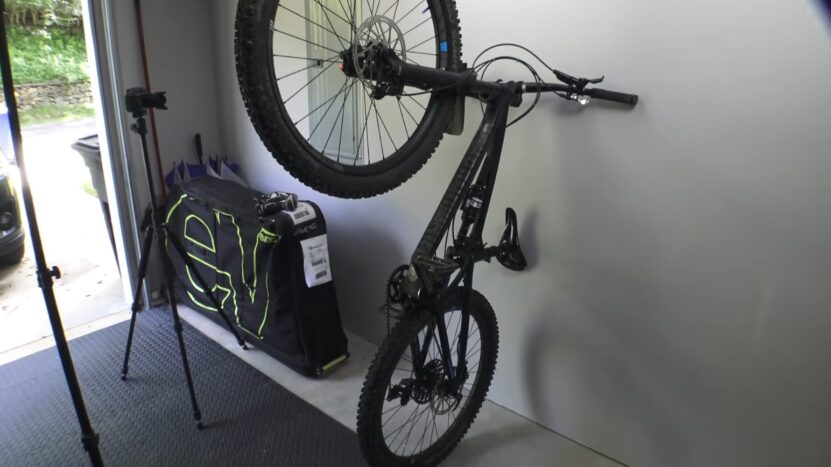
A bigger tube can hold more air pressure and is more durable getting less number of puncture but they are tricky to install plus hard to replace. While a smaller tube is easy to install but more prone to punctures and flats.
So choosing between both of them is quite technical and one can’t say which one will be better.
For the smaller difference in sizes, both larger and smaller tubes will work the same and you can opt for any of them and you won’t feel any difference in ride quality and comfort.
What about Patched Tubes? Will They Stretch?
Inner tube replacement may cost you a bit and in case you are in urgency or can’t find a tube for your bike you can go for a patched tube in that case. Patched tubes are not always the best option but for the temporary solution, it can be attempted.
Look out for the number of patches or size of patch on your tube. Also while choosing the patched tube go for a slightly larger size.
As a smaller patched tube may burst or get punctured easily due to extra stretching the patch may get opened easily d can cause a flat tire leaving you in a problem during the ride.
Although a patched tube is not a good choice and if you can get or afford a new tube then get one without a thought and don’t go for patched tubes for prolonged use.

